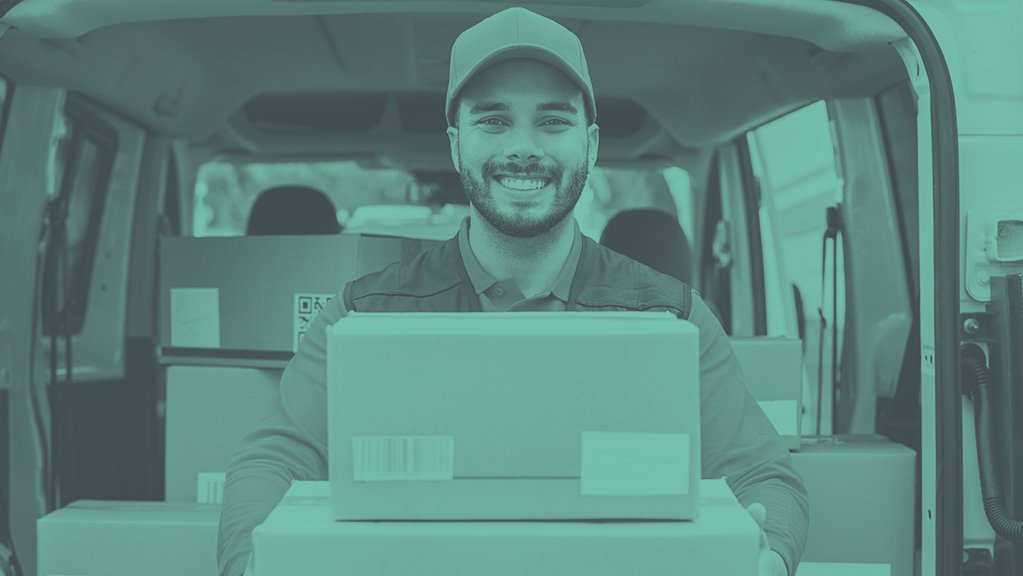How well is your business geared to deliver the fast fulfilment options consumers now expect? Retailers with a single view of inventory across all locations can slash delivery times, profitably.
Over recent years, retailers have adapted to changing consumer demands, evolving channels and rising customer expectations around convenience, choice and speed.
And now they’re turbocharging their digital and physical fulfilment to help differentiate the CX.
Why is delivery speed so important?
Customers now expect retailers to provide multiple fulfilment options, ranging from same-day shipping (for a fee) through to free delivery over a longer timeframe and everything in between.
They consider reliability to be just as important as speed when it comes to delivery, preferring their orders to arrive when they expect them, rather than promised a same-day or next-day delivery that never appears.
And the time is right to use stores as mini-distribution centres. Soon, up to half of all online purchases are expected to be fulfilled directly from physical stores, and up to 50% potentially being returned to these locations.
The challenges of omnichannel delivery
However, omnichannel fulfilment can be the source of many inventory optimisation challenges.
Compressing delivery times and introducing store-based fulfilment means adjusting inventory management, allocation and replenishment strategies. It requires careful analysis of the destination of products, distinguishing between those that will be sold on the shop floor and those designated for fulfilment, and adjusting replenishment processes to ensure optimal stock levels for both.
In addition, many retailers can only access rudimentary sales and inventory positions, and have complex systems that are fragile, inefficient and costly to integrate.
So, what is required to compress delivery times and introduce omnichannel fulfilment?
1. Real-time inventory visibility in every location
To provide the speed and convenience consumers expect, retailers are moving from multichannel silos to unified commerce platforms that provide a unified view of inventory across all stores and DCs.
Real-time data on stock levels can benefit your business in many ways:
Reduce inventory costs by ensuring you’ve got the right inventory available in each location, without carrying the cost of overstocking or ‘buffers’
Optimise your product range by matching stock to each store’s location and demographics
Create dark stores for online order fulfilment, turning physical locations into temporary or permanent fulfilment nodes to enable faster delivery and keep retail staff working
React to trends quickly and forecast demand based on historical data, sales forecasts and seasonal variations
Extend your range across more sales channels such as in-store kiosks, shoppable screens, pop-up stores, concessions and mobile devices.
2. Optimise store fulfilment processes
Once your inventory is under control, you’re free to extend your omnichannel delivery.
By using your stores for fulfilment or pick-up, you can increase the amount of inventory for sale while reducing inventory cost and slashing delivery times. Many potential online sales previously lost to inventory shortages can be saved when stores also function as fulfilment centres. And the return on investment can be spectacular. With endless aisle fulfilment, our clients have achieved a 200 to 300% growth in online revenue.
Target USA is one high profile example. It consistently fulfils the majority of its sales, including online orders, directly through its physical stores. In Q2 2024, 97.9% of Target’s orders were fulfilled by its stores, which are a ‘one-stop’ for fulfilment, including returns in store, kerbside returns and even kerbside returns and pickups.
Store-based fulfilment also presents a unique marketing opportunity. Consumers are more environmentally conscious, and using stores as hubs allows customers to make more sustainable choices in the way they purchase products. Store fulfilment allows retailers to streamline packages for more efficient last-mile delivery - minimising the numbers of trucks on the road, reducing environmental impacts, boosting profit margins and enhancing the overall customer experience.
And even better, store fulfilment doesn’t demand that eco-conscious consumers pay extra. Retailers just need to guide customers toward using the more sustainable and, importantly, often faster fulfilment options that are already accessible through their stores.
This post was originally published on 15 December 2021 and updated on 19 September 2024.
If you’re urgently revamping your omnichannel delivery capabilities and want advice on which projects to tackle first, our checklist could help. It will let you assess where you are at against retail leaders and decide what you need to improve. Download it here.









